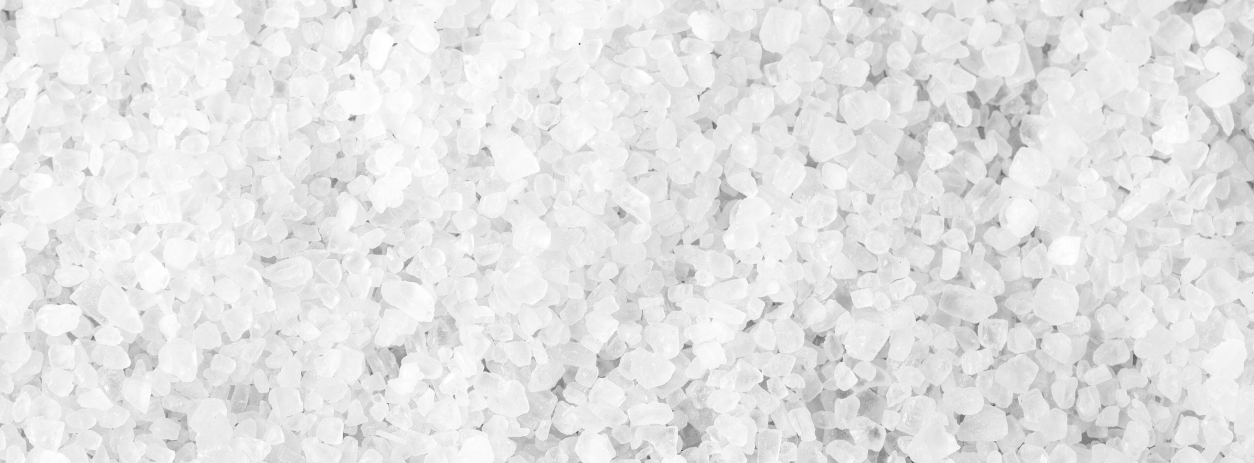
Why is hydration so crucial?
Electrolytes are minerals with either positive or negative charges when dissolved in water, essential for basic life functions. The human body comprises 50-70% water, distributed between intracellular (approximately 40% of total body weight, inside cells) and extracellular (approximately 20% of total body weight, outside cells) fluid [1].
Research has shown that even a slight water loss of 2% of total body mass can lead to a noticeable decline in both cognitive and physical performance [2]. This underscores the critical importance of maintaining proper hydration.
Why supplement with electrolytes instead of just water?
For athletes, the primary challenge in maintaining adequate hydration is intense exercise and fluid loss through sweat. While this can be partially mitigated by consuming water, the addition of electrolytes significantly improves hydration efficiency. Our bodies don't store water; instead, it's part of a continuous cycle of consumption and excretion. Studies have demonstrated that a high-sodium diet can lead to better water retention, thus improving rehydration rates [3].
The rate of fluid loss through sweat varies greatly among individuals, ranging from 0.5-3.0 L/hr, with differing electrolyte compositions [4]. Sodium concentrations in sweat can vary from 10 to 90 mmol/L, accompanied by potassium concentrations of 2 to 10 mmol/L [5]. This variability is why professional athletes often have personalized electrolyte drink compositions to optimize hydration.
Alongside sodium and potassium, other two major electrolytes that can be depleted due to intense exercise are Calcium, and Magnesium. Each of these electrolytes is responsible for specific physiological functions crucial to athletic performance.
For example, sodium is one of the essential electrolytes in the extracellular fluid and it is responsible for maintaining that extracellular fluid volume and regulating the membrane potential of cells. On the other hand, potassium is mainly an intracellular ion and helps to maintain cellular fluid balance, while also supporting nerve function and muscle contractions. So why is this balance so important for physical performance?
Mechanism of Muscle Contraction
To understand the importance of maintaining optimal electrolyte balance, we must first grasp the process of muscle contraction and relaxation. Muscle contraction is triggered by a nervous system signal or neurotransmitter. This signal causes an action potential to travel along motor nerves towards muscle fibers, opening cation channels on the muscle fiber membrane. Sodium (Na) ions flow into the membrane, causing depolarization because of their associated charge, triggering voltage-gated sodium channels. This leads to an action potential traveling along the muscle membrane, prompting the sarcoplasmic reticulum to release stored calcium ions. The calcium release causes actin and myosin filaments to slide along each other, resulting in muscle contraction [6].
Importance of Electrolytes
So far, we've covered the role and benefits of sodium in water retention and muscle contraction alongside calcium. Now, let's examine the roles of potassium and magnesium in the electrolyte mix.
Potassium plays a crucial role in stabilizing the resting membrane potential of the cell by maintaining higher concentrations of potassium intracellularly and higher levels of sodium extracellularly. Being deficient in either of these electrolytes can cause nausea, fatigue, muscle weakness, or cramps.
This is where magnesium comes in. We've described how a muscle contracts, but it also needs to relax. Magnesium acts as a calcium blocker and is normally present in a relaxed muscle at concentrations approximately 10,000 times higher than calcium. This typically prevents calcium ion binding and allows muscle contractions only during the release of calcium from the sarcoplasmic reticulum, caused by the muscle membrane action potential previously mentioned. However, even a slight deficiency in magnesium can cause minimal amounts of calcium ions to displace magnesium, potentially leading to uncontrollable muscle contractions or cramps [7].
A deficiency in any of the electrolytes mentioned above can lead to a decrease in athletic performance or cramping. That is why our electrolyte formula was designed specifically with these factors in mind, allowing you to perform at your best.
References:
- Brinkman JE, Dorius B, Sharma S. Physiology, Body Fluids. [Updated 2023 Jan 27]. In: StatPearls [Internet]. Treasure Island (FL): StatPearls Publishing; 2024 Jan-. Available from: https://www.ncbi.nlm.nih.gov/books/NBK482447/
- Riebl SK, Davy BM. The Hydration Equation: Update on Water Balance and Cognitive Performance. ACSMs Health Fit J. 2013 Nov;17(6):21-28. doi: 10.1249/FIT.0b013e3182a9570f. PMID: 25346594; PMCID: PMC4207053.
- Ly NQ, Hamstra-Wright KL, Horswill CA. Post-Exercise Rehydration in Athletes: Effects of Sodium and Carbohydrate in Commercial Hydration Beverages. Nutrients. 2023 Nov 12;15(22):4759. doi: 10.3390/nu15224759. PMID: 38004153; PMCID: PMC10674530.
- Casa, D. J., Cheuvront, S. N., Galloway, S. D., & Shirreffs, S. M. (2019). Fluid Needs for Training, Competition, and Recovery in Track-and-Field Athletes. International Journal of Sport Nutrition and Exercise Metabolism, 29(2), 175-180. Retrieved Jul 2, 2024, from https://doi.org/10.1123/ijsnem.2018-0374
- Baker, L., Ungaro, C., Barnes, K., Nuccio, R., Reimel, A., & Stofan, R. (2014). Validity and reliability of a field technique for sweat Na+ and K+ analysis during exercise in a hot-humid environment. Physiological Reports. Volume 2, Issue 5.
- Gash MC, Kandle PF, Murray IV, et al. Physiology, Muscle Contraction. [Updated 2023 Apr 1]. In: StatPearls [Internet]. Treasure Island (FL): StatPearls Publishing; 2024 Jan-. Available from: https://www.ncbi.nlm.nih.gov/books/NBK537140/
- Souza ACR, Vasconcelos AR, Dias DD, Komoni G, Name JJ. The Integral Role of Magnesium in Muscle Integrity and Aging: A Comprehensive Review. Nutrients. 2023 Dec 16;15(24):5127. doi: 10.3390/nu15245127. PMID: 38140385; PMCID: PMC10745813.
